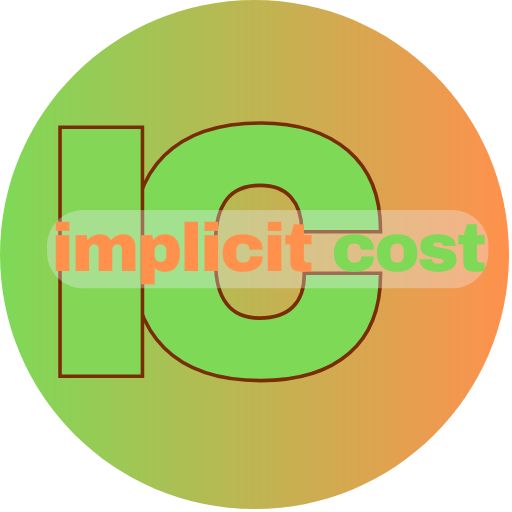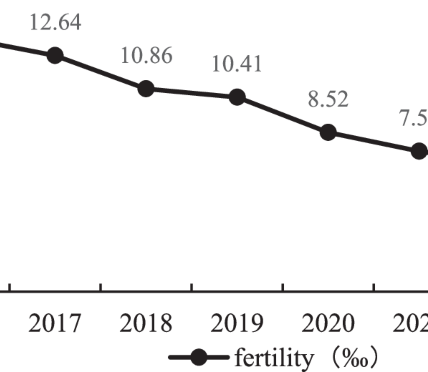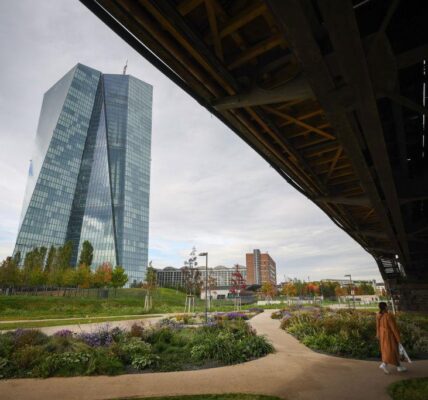If you run a small business and decide to pursue one project, you may not have the money, labor, and time for another. If that’s the case, you’re confronting the economic principle known as opportunity cost.
The further you pursue an initiative, the more opportunity costs increase. In fact, each decision you make that locks you into one course of action diminishes your ability to do other things. This is called the law of increasing opportunity cost. Here’s an overview of the law and an explanation of how it can affect you as a small business owner.
What is the law of increasing opportunity cost?
The law of increasing opportunity cost is an economic concept that says when you allocate a growing amount of resources toward an endeavor, you become increasingly committed to that undertaking at the expense of other opportunities. It applies when a company with limited resources makes choices to allocate money, workers, time, and strategic thinking to one initiative. That initiative can thrive, but it will do so at the increasing expense of other opportunities.
Understanding the law of increasing opportunity costs first requires understanding the notion of a standalone opportunity cost.
Understanding opportunity cost
Opportunity cost is an economic principle that describes tradeoffs associated with pursuing a specific project or objective. In other words, if you invest in one venture, you diminish your ability to invest in others.
There are two types of opportunity costs—implicit and explicit. Implicit costs are intangibles like time and mental energy that can only be allocated to one thing at a time. Explicit costs are tangible—paying for labor, supplies and materials, and factory or office space.
An entrepreneur who launches an ecommerce website, for example, will confront implicit and explicit opportunity costs. They must spend time, money, and energy to build the website, design its user experience (UX), improve its technical efficiency, and maintain it over time. The entrepreneur is using available resources, and these cannot be used for anything else. Had they not pursued the website project, they could’ve used the available resources to do something else, like hold a month-long pop-up store and hire an associate to run it.
Example of the law of increasing opportunity cost
To picture the law of increasing opportunity cost in action, think of what happens if your business opens a new production line. When you increase production of an existing product, you need more resources, including labor, equipment, and raw materials. Each additional unit produced comes at the expense of another product you could be making with those same workers and financial resources.
There are reasons, however, that businesses accept increasing opportunity cost: they often have powerful economic incentives to double down on initiatives. In a scalable production line, as production increases, per-unit production costs fall and workers and invested capital becomes more efficient. You could turn a greater profit by producing more units, all the way up to maximum output. But these benefits do come with tradeoffs: As noted, your scaled up manufacturing limits your ability to produce other products. Yet, if you make more money by doubling down on production, this can more than offset those increased opportunity costs.
The production possibilities frontier (PPF)
Some business owners and managers use a visual tool called a production possibilities frontier (PPF) to calculate opportunity cost. This can help business owners understand the consequences of their decisions when using limited resources such as labor and raw materials.
The PPF is a graph with an X axis (horizontal) and a Y (vertical) axis, and each axis represents a business initiative, like the production of a good. For concrete examples, imagine you run a candy company, and the X axis represents production of chocolate wafers, and the Y axis represents production of gummy bears. Each requires the same input or resource: sugar.
You can plot multiple points on this graph and then connect them using what’s called a production possibility curve, which visually represents the value of producing specific quantities of wafers and gummy bears.
If the production possibility curve forms a straight line, it suggests the two initiatives—chocolate wafers production and gummy bears production—come with a constant opportunity cost. Making more of one candy means making an equally smaller amount of the other.
You may find various combinations of chocolate wafers and gummy bears seem to allow you to produce more of each. These points may not fall along a straight line, in which case this will be represented by a curved production possibility frontier for economic growth. This signals changing opportunity cost.
Law of increasing opportunity cost FAQ
In addition to opportunity cost, what factors can have an impact on production costs?
Factors that can have an impact on production costs include raw materials, vendor services, employee salaries, machinery, real estate, shipping, and regulatory and licensing fees. Investing in these resources can help you scale up production, but it increases your opportunity cost by leaving you with less to invest in other initiatives.
What’s the formula for calculating opportunity cost?
You can calculate the opportunity cost with the following formula:
Opportunity Cost = Net return from a foregone option – Net return on a chosen option
For instance, you could make $5 by selling an item directly from your Shopify store, but only $4.35 from selling that same item via an outside marketplace. Thus, by not selling on your Shopify store, your opportunity cost is 65¢ per unit sold.
Why do business owners need to know about opportunity costs?
Business owners need to understand opportunity costs so they can set business priorities. Whether you run a small startup or a growing enterprise, there comes a point where you run out of money, labor, space, or time to pursue other projects. By understanding how opportunity costs build upon themselves, you can hone in on projects best suited to your finite resources and assets.





